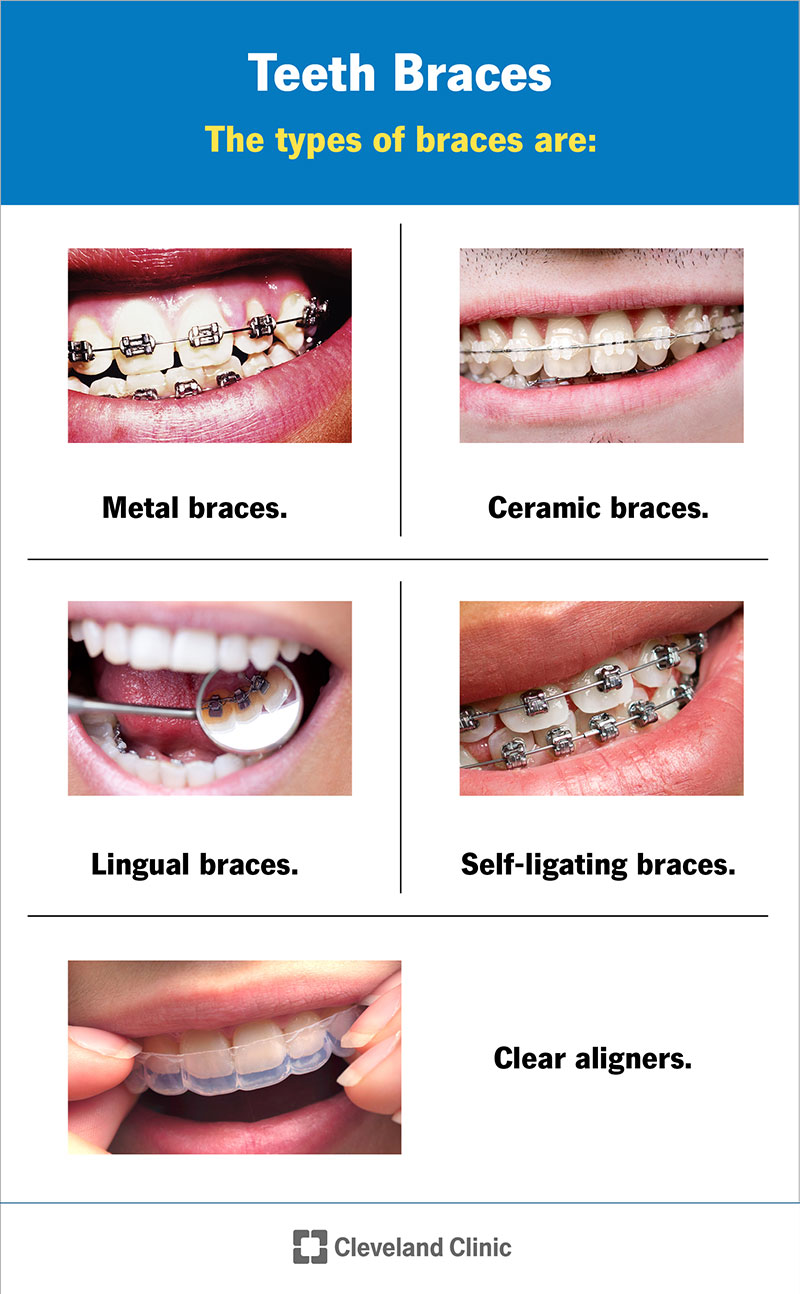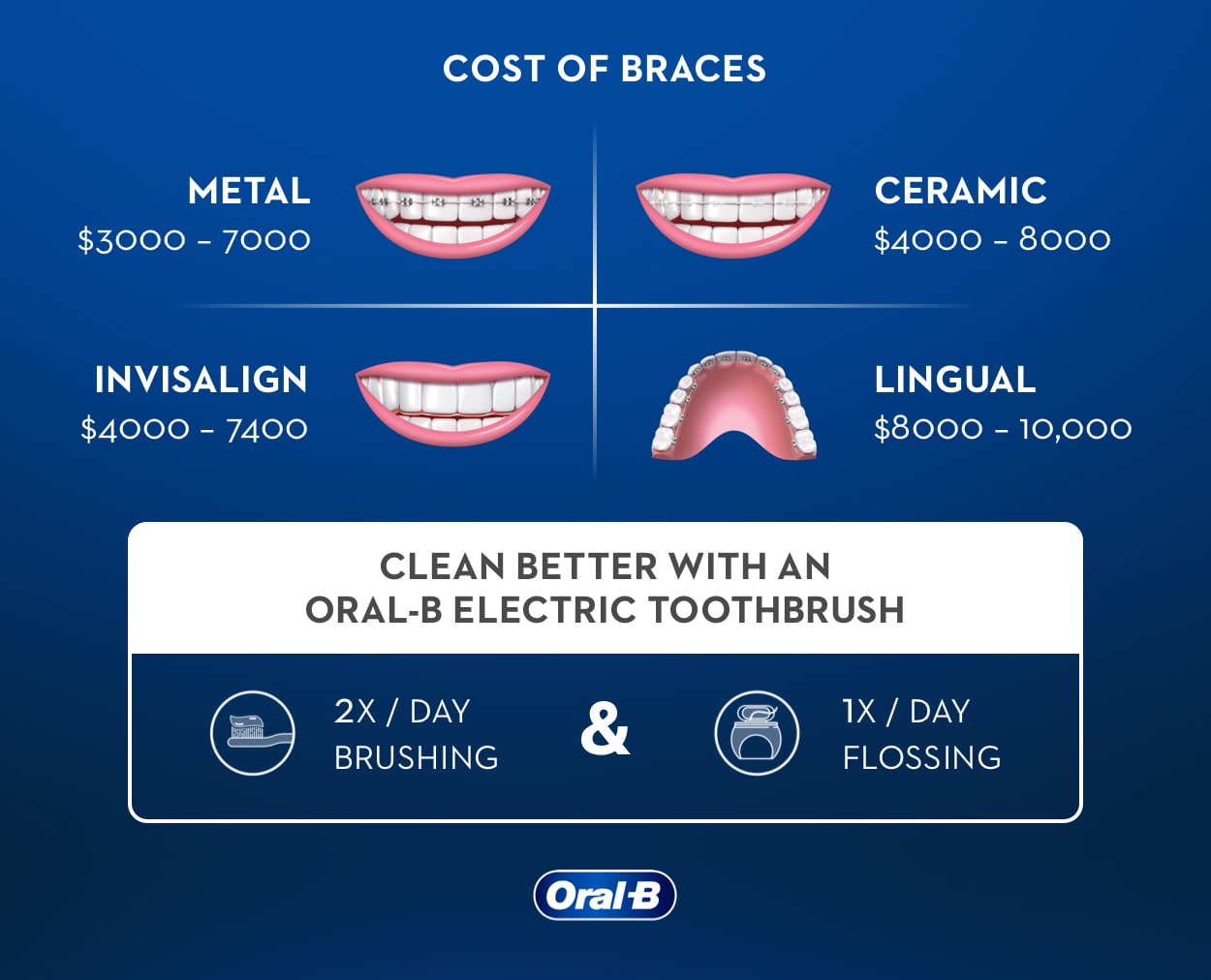Comprehensive Guide to Orthodontics Procedures for Dealing With Dental Misalignments
In the world of orthodontics, the trip to achieving a completely straightened smile involves a myriad of procedures tailored to correct dental misalignments. From conventional dental braces to invisible aligners and also medical options, the field of orthodontics provides a series of solutions to attend to differing levels of oral abnormalities. Recognizing the complexities of each procedure, including their systems, advantages, and potential disadvantages, is important in making informed choices about one's orthodontic treatment. As we browse with the thorough overview to orthodontic procedures for fixing dental misalignments, the elaborate information of each technique will unfold, clarifying the path toward a practical and unified oral positioning.
Orthodontic Procedures Summary

In enhancement to clear aligners and standard braces, orthodontists might also suggest various other interventions like headwear, palatal expanders, or retainers to deal with details positioning concerns (braces). These treatments are tailored to every person's distinct demands and may include a mix of treatments to accomplish the desired results. Normal adjustments and tracking are crucial parts of orthodontic therapy to make certain progress is on track and to make any kind of necessary adjustments along the means. By undergoing orthodontic procedures, individuals can not just achieve a straighter smile however likewise boost their overall oral health and wellness and feature.
Conventional Dental Braces: How They Function
When taking into consideration orthodontic treatments for oral misalignments, standard dental braces stand out as a tried and true approach for correcting teeth placing. Typical braces are composed of braces, wires, and bands that work with each other to apply constant stress on the teeth, gradually moving them into the wanted alignment.
As pressure is applied to the teeth through the braces, the bone surrounding the teeth is reshaped to support the new tooth positions. Clients will need routine modifications at the orthodontist's office to make sure the braces proceed to use the right pressure for effective teeth movement.
Invisible Aligners: Benefits And Drawbacks
These clear, custom-made trays are basically undetectable when worn, making them an enticing choice for individuals looking for a more cosmetically pleasing orthodontic treatment. People can eliminate the aligners before consuming or brushing their teeth, decreasing the risk of food obtaining stuck in the appliance and streamlining the cleaning procedure.

Surgical Orthodontic Options
Surgical treatments in orthodontics existing sensible alternatives for addressing complex oral misalignments that might not be effectively resolved through conventional orthodontic treatments. While traditional braces and invisible aligners can correct several orthodontic concerns, particular situations need surgical intervention to achieve optimum results. Surgical orthodontic options are generally recommended for severe malocclusions, substantial jaw disparities, and situations where the underlying bone structure needs alteration to accomplish appropriate alignment.
One common medical orthodontic procedure is orthognathic surgery, which entails rearranging the jaws my site to fix functional concerns such as problem speaking or eating. This surgical treatment is typically performed in cooperation with an orthodontist who helps line up the teeth before and after the treatment. Surgical orthodontics may additionally include procedures to subject impacted teeth, get rid of excess gum cells, or reshape the jawbone to develop a much more harmonious facial profile.
Before considering medical orthodontic options, individuals undergo a thorough assessment to establish the requirement and possible benefits of such treatments. orthodontist. While surgical treatment might seem daunting, it can dramatically improve both the feature and aesthetics of the smile in situations where standard orthodontic treatments fail
Retainers and Post-Treatment Treatment

Failing to comply with post-treatment care directions can result in relapse, where the teeth progressively relocate back in the direction of their initial placements. Regular retainer wear, excellent dental health, and routine dental check-ups are important for maintaining the results achieved via orthodontic surgical procedure and making certain the long-lasting stability of the fixed dental placement.
Verdict
Finally, orthodontic procedures provide various alternatives for dealing with oral misalignments. Traditional dental braces utilize metal braces and cords to move teeth into correct positioning. Unnoticeable aligners give a more very discreet option but might not be ideal for all instances. Surgical orthodontic options are offered for a lot more serious imbalances. Retainers are commonly utilized post-treatment to preserve the brand-new placement. Generally, orthodontic procedures can properly enhance oral health and wellness and aesthetic look.
As we navigate via the comprehensive overview to orthodontic treatments for fixing oral misalignments, the complex information of each method will certainly unravel, shedding light on the course towards a useful and harmonious dental placement. - orthodontist
One of the most typical orthodontic therapies is the usage of braces, which consist of steel braces and wires that apply gentle stress to progressively move teeth right into the wanted position.When thinking about orthodontic therapies for oral imbalances, traditional braces stand out as a tried and true approach for dealing with teeth positioning. Additionally, unnoticeable aligners might not be ideal for intricate orthodontic concerns that require more significant teeth motion, as they are normally advised for light to modest instances. Retainers are custom-made orthodontic devices developed to hold teeth these details in their fixed settings after the completion of orthodontic treatment.
Comments on “The Advantages of Selecting a Cumming Orthodontist for Your Braces and Aligners”